‘Want a strong, solid relationship that is willing to go the distance? Get to know your running shoes.’
– Dean Karnazes, Run! 26.2 Stories of Blisters and Bliss
Let's talk about Running Shoes
We all know what the best part of running is, right? Obviously, it is the shoes. Putting on that reliable pair of running shoes gives you the confidence boost you need to hit your goals on race day or training run. What, though, comprises your ideal pair of running shoes? Let’s break down the common terms used when discussing what’s on your feet.
UPPER
The layer covering the foot and attaching to the midsole is called the “upper” of the shoe. It is typically constructed with knit or mesh materials and synthetic overlays to provide structure.
The upper of a daily trainer or long run shoe will be more plush whereas a race day shoe’s upper tends to be minimal, reducing the overall weight of the shoe.
MIDSOLE
Joining the upper to the outsole is the midsole. The midsole is often made with various cushioning materials to absorb impact and provide a comfortable feel for the runner.
The most prevalent midsole materials are EVA, PEBA, TPU, and PU. In today’s running shoes, midsole construction is at the forefront of innovation.
INSOLE
The foam footbed within the shoe is referred to as the insole. The insole’s primary function is to provide cushioning, comfort, and support to the shoe.
Most running shoe insoles are removable, allowing for the use of a different insole adapted to a runner’s individual foot requirements.
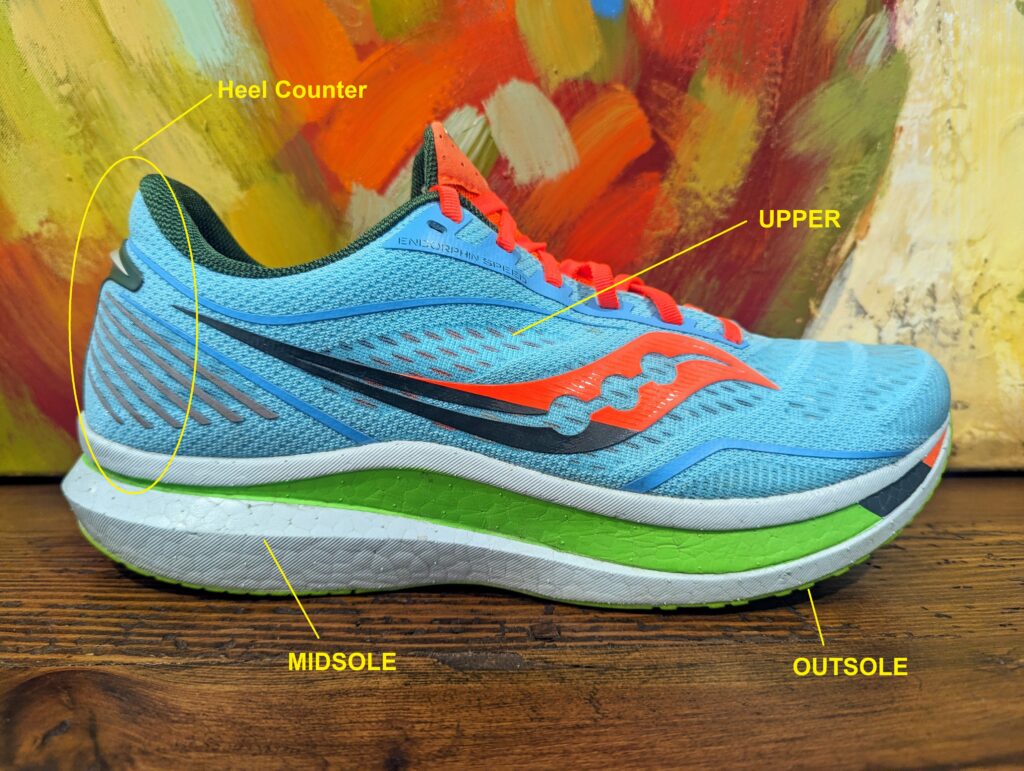
HEEL COUNTER
Supporting the heel and assisting in preventing excessive movement is the heel counter. Heel counters vary in shape and size from a barely there thin material to ultra plush dovetail designs.
TOE BOX
Located in the front of your running shoe is the toe box that provides room for your toes. Popular brands, Altra and Topo, feature a ‘foot shape’ toe box, which allows the toes to fit naturally inside the shoe.
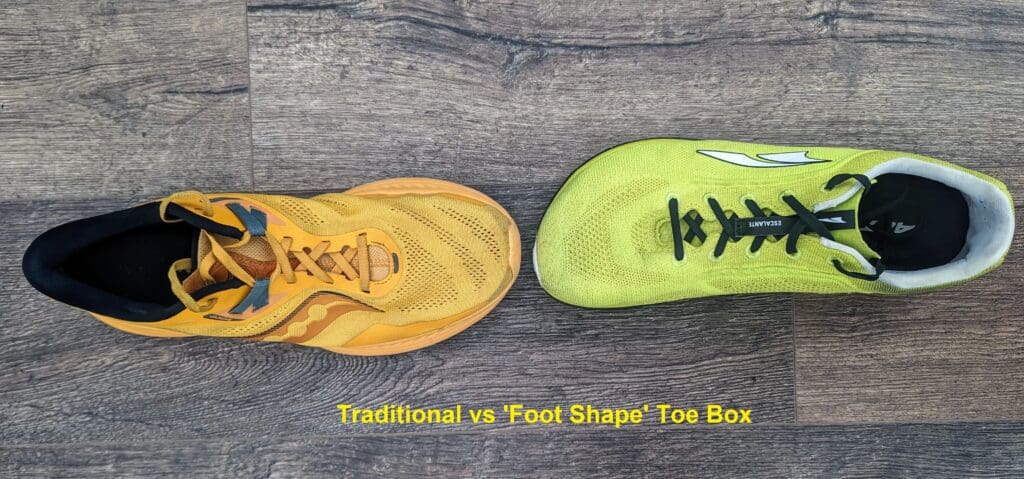
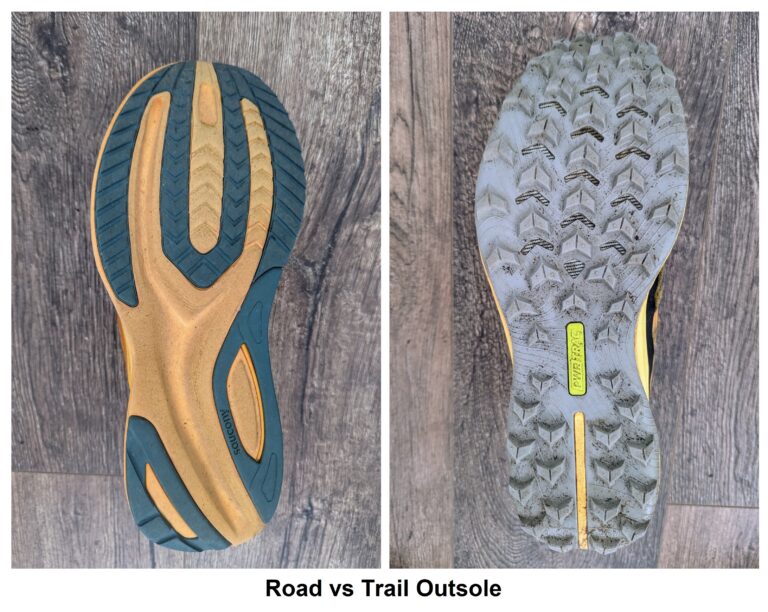
OUTSOLE
The part of your running shoes making contact with the ground is the outsole. It is typically made of rubber or exposed foam. The outsole will have varying tread patterns depending on the application. These patterns are designed to give better traction on various surfaces.
PRONATION/STABILITY
Pronation is the inward rolling of the foot upon impact to the ground.
A stability shoe utilizes different elements to prevent the over pronation of the foot providing a more stable ride. Whereas neutral running shoes allow the foot to move naturally.
STACK HEIGHT
The distance from top of the midsole to the ground defines stack height. Higher stack heights may provide more cushioning but can affect stability, while lower stack heights may offer a more responsive and stable ride.
The past ten years has seen a surge in max stack height shoes, some even being deemed illegal for official races. Low stack height running shoes are still popular today in some middle distance race day shoes and minimalist brands.
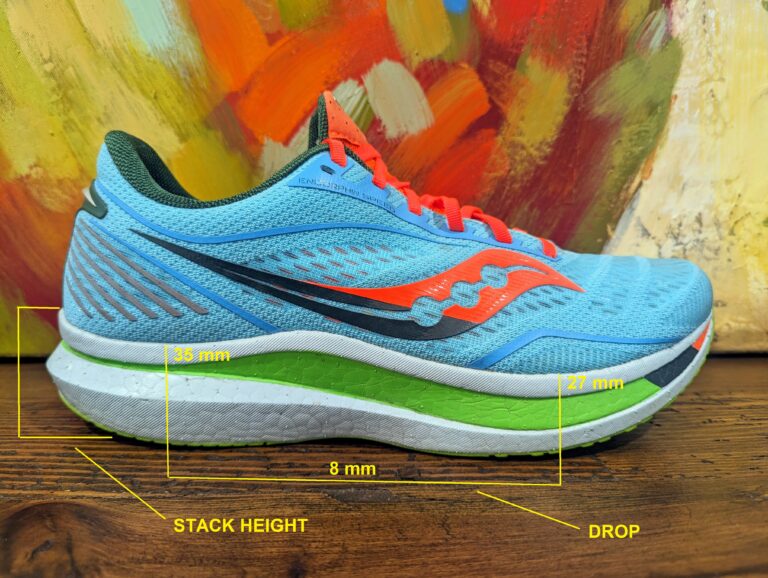
DROP
The difference in heel stack height and forefoot stack height is referred to as the drop. The heel-to-toe drop of running shoes varies to suit differing running preferences and styles.
Whether you’re a Strava local legend or just starting out, understanding the intricacies and functionality of your running shoes can enhance your overall running experience. From the cushioning in the midsole to the traction on the outsole, each piece plays a role in providing comfort, stability, and performance.
So now that you understand the makeup of your shoe, what’s next? In the coming year, I will be bringing you shoe reviews and news to best help you make informed decisions on your next purchase.
What is your
go-to shoe?
Which pair of running shoes do you have your eye on for 2024?
Any specific shoes you would like to see covered?
Let me know in the comments below!



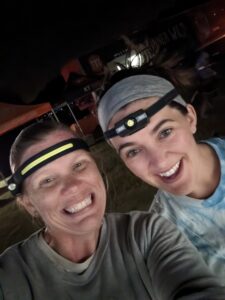

Go to shoes are Newton Motion and Altra Escalante.
I’m wanting to try out the AltraFwd Experience.
I’m looking forward to reading about all the shoes.
I am intrigued by the AltraFwd Experience. Definitely one I want to try out!